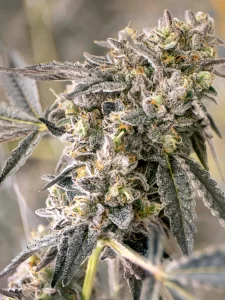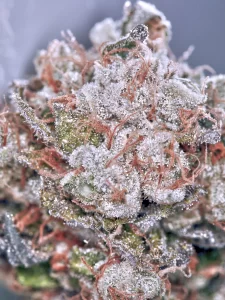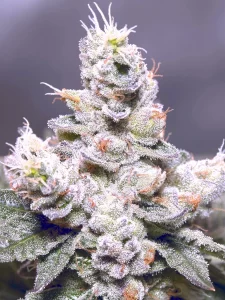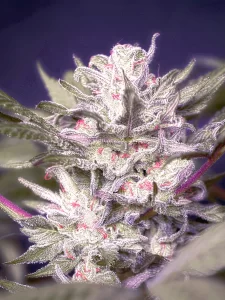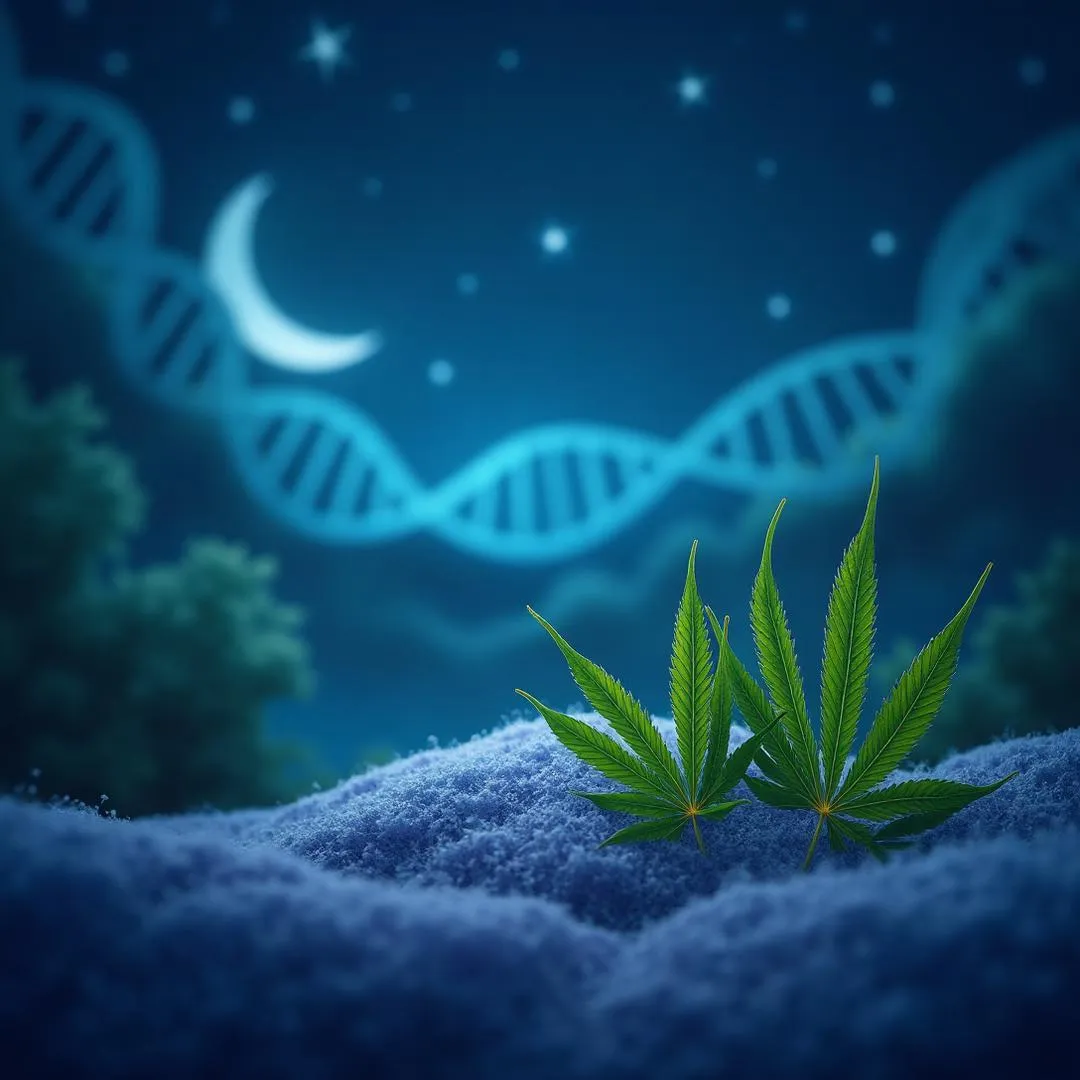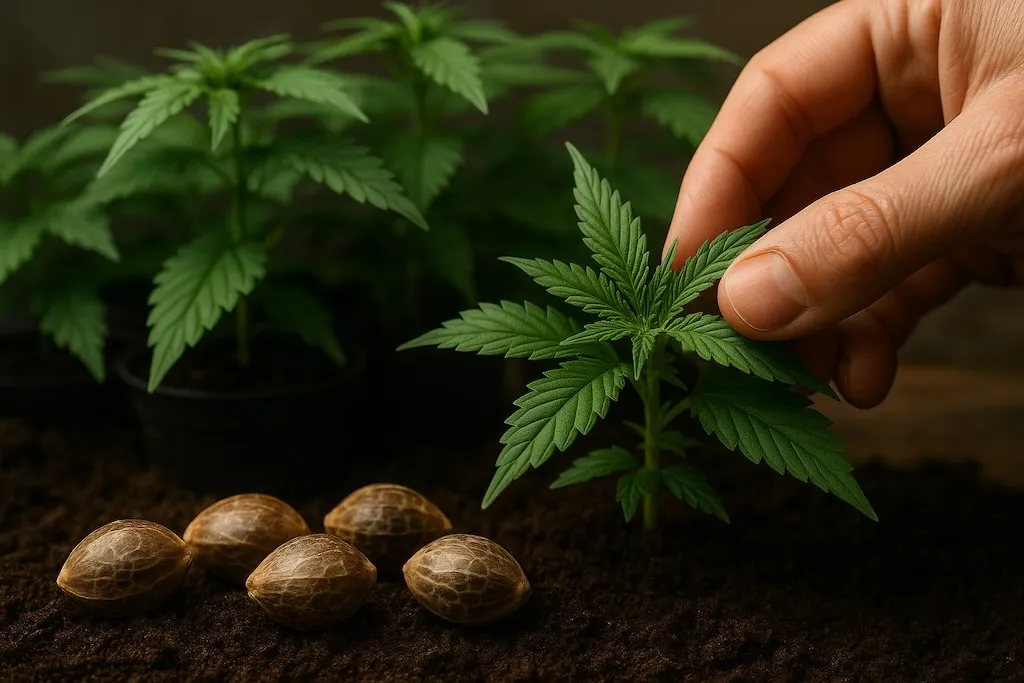Minor Cannabinoids: The Rise of CBG, CBN & THCV as Cannabis’ Next Frontier
When most people hear “cannabis,” they immediately think of THC and CBD. But the plant houses a vast chemical ecosystem—over a hundred different cannabinoids exist, many in trace amounts. These minor cannabinoids are emerging as a compelling frontier for research, product innovation, and more refined user experiences.
Unlike THC (psychoactive) and CBD (non-psychoactive but widely studied), minor cannabinoids like CBG (cannabigerol), CBN (cannabinol), and THCV (tetrahydrocannabivarin) are still in early phases of scientific understanding—but the excitement is growing. They promise more specialized effects, subtler interactions, and the possibility of tailoring cannabis use more precisely to individual needs.
In this article, we’ll dive deep into these three cannabinoids: how they arise in the plant, what early science suggests about their effects, what challenges the industry faces, and how they might shape the next wave of cannabis products.
As the cannabis sector becomes more sophisticated, minor cannabinoids are likely to shift from curiosities to key differentiators in strain breeding, wellness formulations, and consumer choice.
What Are Minor Cannabinoids?
“Minor cannabinoids” refers to those cannabinoids in cannabis that occur in much smaller concentrations than the major ones (THC, CBD). They may appear only in trace percentages in most strains.
But “minor” doesn’t equate to “insignificant.” Many of these molecules interact with the endocannabinoid system in unique ways, and small structural differences can lead to markedly different physiological effects.
In simple terms, many minor cannabinoids originate from precursor molecules (e.g. CBGA, cannabigerolic acid) which, under the influence of enzymes and metabolic pathways, convert into THC, CBD, or other cannabinoids.
Because these enzymatic pathways are competitive, there is potential for selectively steering the biosynthesis toward desired minor cannabinoids—through genetics, breeding, or perhaps future gene editing.
Also, degradation and oxidation processes (aging, light exposure, heat) can convert one cannabinoid into another (for example, THC to CBN).
Why They Matter
They offer targeted effects rather than broad-spectrum THC-like impact
They may pair with THC or CBD in synergistic “entourage” relationships
They give brands and cultivators differentiation: a strain with 1–2% THCV or CBG could be marketed as having unique potential
Some minor cannabinoids may fall into different legal categories, or be more acceptable in certain jurisdictions
In short: minor cannabinoids represent the next frontier in cannabis science, enabling more precise effects and richer product diversity.
CBG: The Mother Cannabinoid
CBG stands for cannabigerol, often dubbed the “mother” or “stem cell” cannabinoid because it is the precursor molecule from which many other cannabinoids derive.
CBG begins life as CBGA (cannabigerolic acid) in the plant. Through enzymatic transformations, CBGA is converted into THCA, CBDA, or other acid cannabinoids depending on the plant’s genetics. Since most of the CBGA will be converted, by the time the plant matures, the residual CBG content tends to be low—hence its classification as a minor cannabinoid.
Preliminary Effects & Potential Uses
Because research is still in early stages, many claims remain speculative or supported by animal or lab studies rather than robust clinical trials. But the early signals are promising.
Some observed properties and hypothesized uses include:
Anti-inflammatory and gut health support
Neuroprotective potential for neurodegenerative conditions
Antibacterial activity against resistant bacteria
Potential benefits for eye pressure and glaucoma
Subtle mood, appetite, and metabolic modulation
Importantly, CBG is non-psychoactive, meaning it does not produce a “high.”
Commercial & Cultivation Challenges
Low yield: most CBG converts into other cannabinoids during growth
Extraction is expensive due to low concentration
It can degrade easily with light or heat
Regulatory uncertainty remains in some regions
Market Position & Use Cases
CBG is often positioned as a “daytime cannabinoid” — for users seeking clarity and subtle relief rather than sedation. Brands may blend CBG with CBD or low-dose THC to enhance effects. Breeding efforts are underway to create strains naturally rich in CBG.
CBN: The Sleepy Cannabinoid
CBN stands for cannabinol, and is typically formed as a degradation product from THC when the plant ages, or when THC is exposed to oxygen, UV, or heat. Because it is not produced in large amounts in fresh plant material, CBN is also considered a minor cannabinoid.
Preliminary Effects & Potential Uses
Sedation and sleep support (often paired with THC or melatonin)
Very mild psychoactivity at higher doses
Synergy with THC for relaxing and pain-relieving effects
Possible antibacterial and anti-inflammatory potential
Mild appetite stimulation
Challenges & Considerations
Hard to produce consistently, since it arises from THC degradation
Extraction can leave residual THC
Overhyped as a “sleep miracle” despite limited human data
Some legal ambiguity due to its relationship with THC
Market Position & Use Cases
CBN is popular in “nighttime” or “rest” product lines such as tinctures, capsules, or gummies. For seed producers, its presence is indirect—linked to how THC degrades post-harvest.
THCV: The Energetic Cannabinoid
THCV stands for tetrahydrocannabivarin. Structurally similar to THC, it behaves quite differently in the body—sometimes as a modulator rather than a direct analog.
At low doses, THCV may act as an antagonist (reducing appetite or dampening THC’s psychoactivity). At higher doses, it can produce stimulating or euphoric effects similar to THC.
Preliminary Effects & Potential Uses
Appetite suppression and metabolic balance (“diet weed”)
Potential benefits for insulin sensitivity and glucose regulation
Energizing, clear-headed, uplifting effects
Early research on neuroprotection and bone growth
Challenges & Considerations
Effects vary greatly with dosage
Very low natural abundance in most strains
Extraction and purification are costly
Psychoactive at higher doses, raising regulatory concerns
Market Position & Use Cases
THCV appeals to wellness-oriented users who want focus, motivation, or appetite control without a strong high. It’s often used in daytime or “functional cannabis” formulations. Breeders are working with African sativa lines and hybrids to enhance THCV content.
Synergy and the Entourage Effect
One of the most exciting possibilities with minor cannabinoids is how they might interact with THC, CBD, and each other to modulate or enhance effects—often called the entourage effect.
Examples include:
Low-dose THC + CBN for deeper relaxation
CBG + CBD for anti-inflammatory and calming benefits
THCV + THC for balanced energy without anxiety
Custom blends for “day” (CBG, THCV) versus “night” (CBN) effects
For brands and cultivators, these combinations open endless formulation opportunities, but ensuring consistency and scientific validation remains a challenge.
Challenges, Risks & Legal Landscape
While the promise of minor cannabinoids is strong, the industry faces several hurdles:
Lack of clinical data — most studies are preliminary or animal-based.
Consistency — achieving stable, reproducible cannabinoid profiles is difficult.
Legal uncertainty — many countries still regulate cannabinoids broadly, regardless of psychoactivity.
Marketing hype — exaggerated claims risk credibility and consumer trust.
Production cost — low yield and extraction complexity make products expensive.
Nevertheless, ongoing research and regulatory evolution are gradually clarifying how these compounds fit into the global cannabis framework.
What This Means for the Cannabis Industry
For cultivators, breeders, and brands, minor cannabinoids represent both innovation and opportunity.
Seed development: Strains rich in CBG or THCV can become premium products.
Education: Informing customers about these lesser-known compounds builds brand trust.
Product diversification: Tailor formulations for focus, rest, or wellness.
Collaboration: Partner with labs and researchers to validate results.
Community engagement: Encourage feedback to guide future breeding and product design.
As consumer sophistication grows, so does the demand for transparency and scientific credibility. Brands that invest early in these cannabinoids may gain long-term advantage.
Conclusion
Minor cannabinoids like CBG, CBN, and THCV represent the next evolution in cannabis culture and science. They bridge the gap between wellness, precision, and enjoyment — offering consumers new ways to experience the plant’s complexity.
Though challenges remain—legal uncertainty, high cost, limited data—the direction is clear. The future of cannabis lies not only in THC and CBD, but in the subtle chemistry that makes every strain unique.
The era of minor cannabinoids has just begun.
CBG CBN THCV


